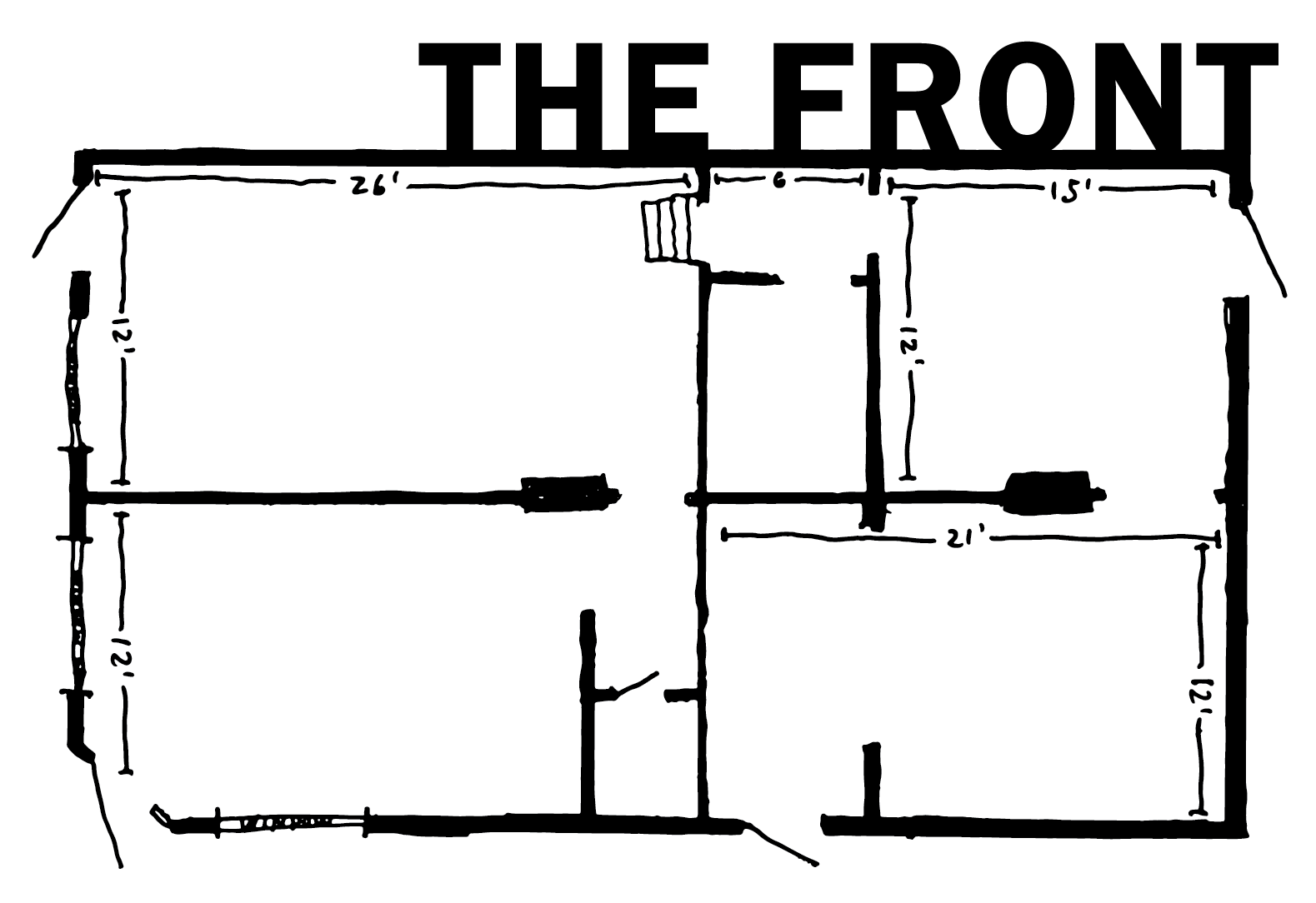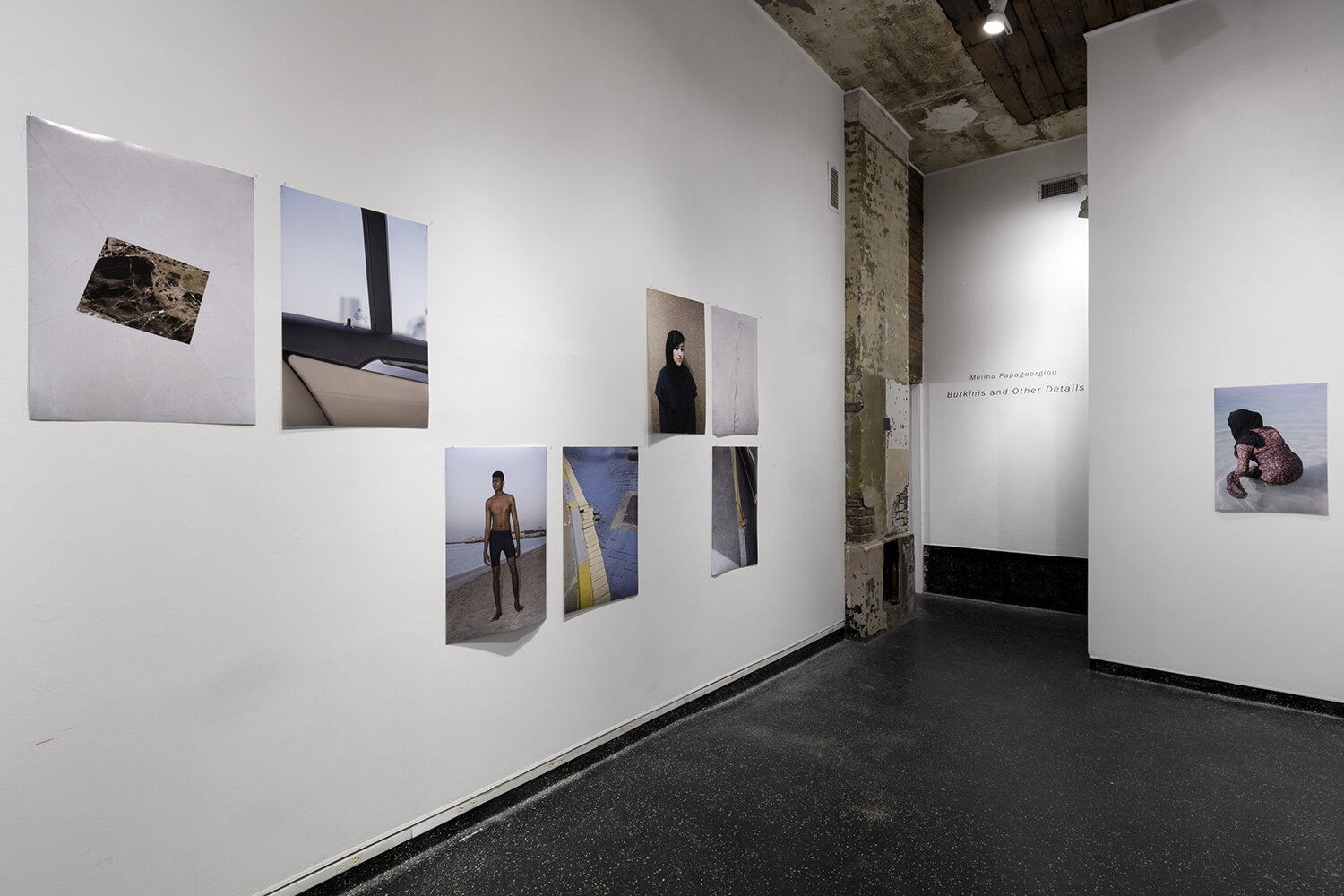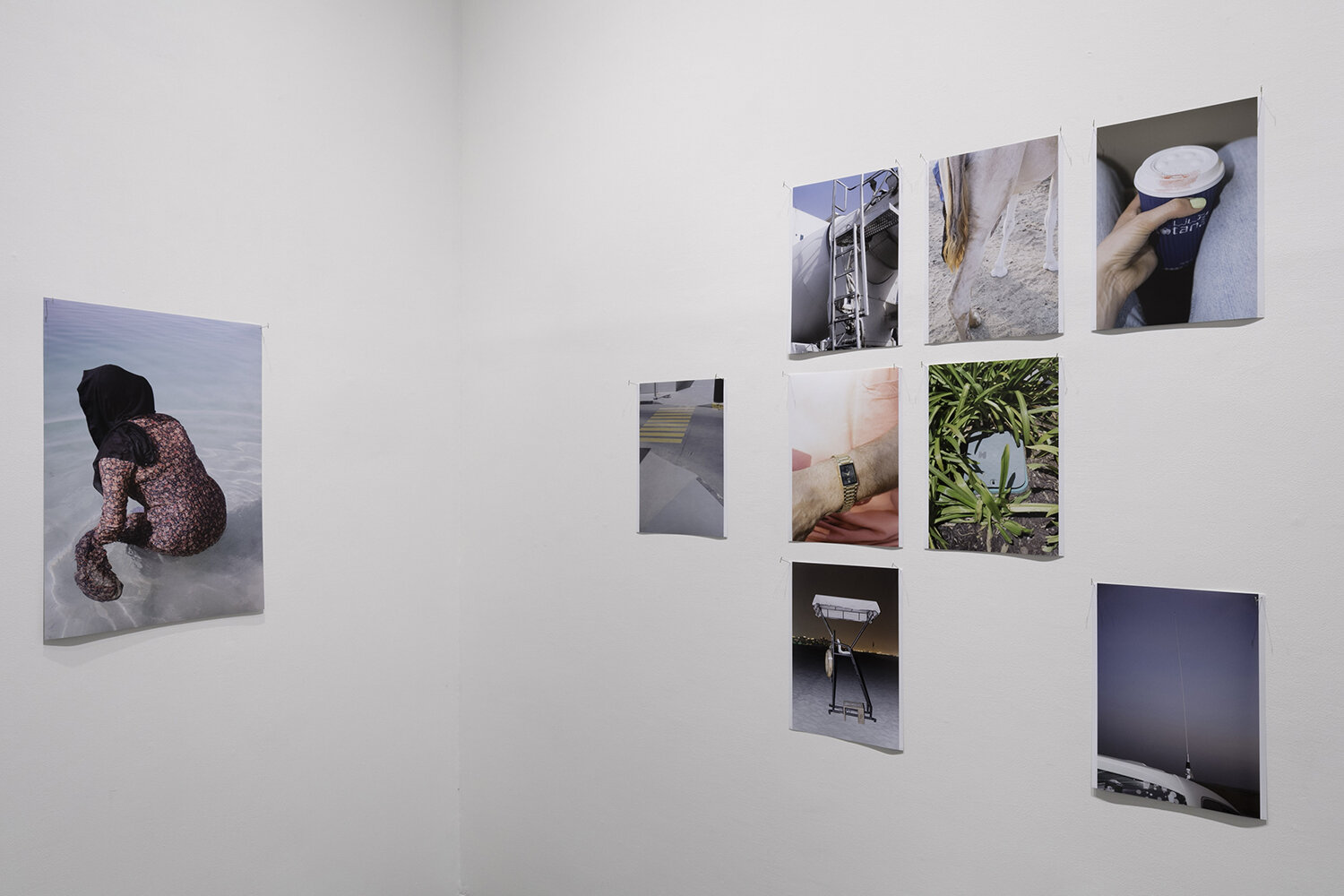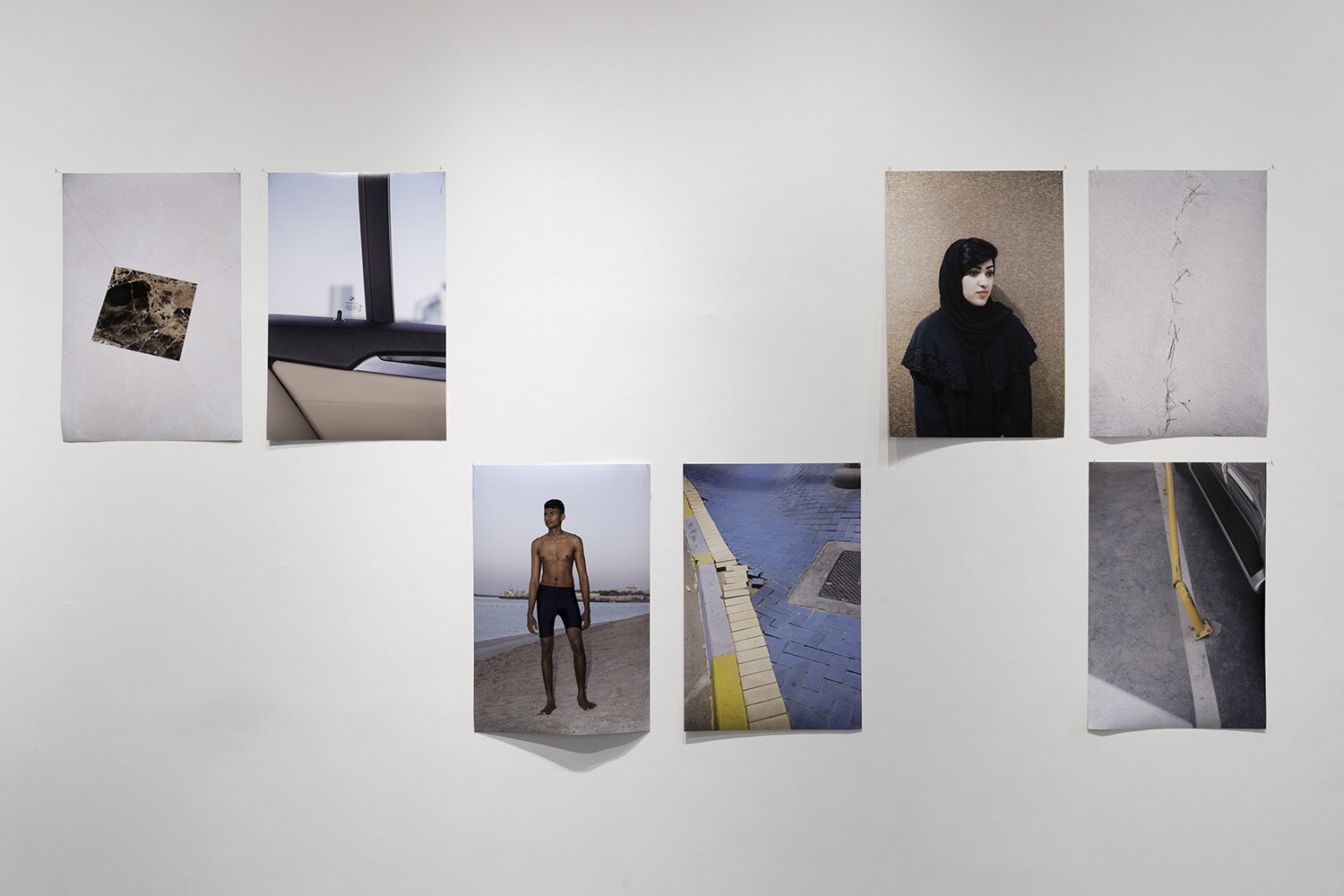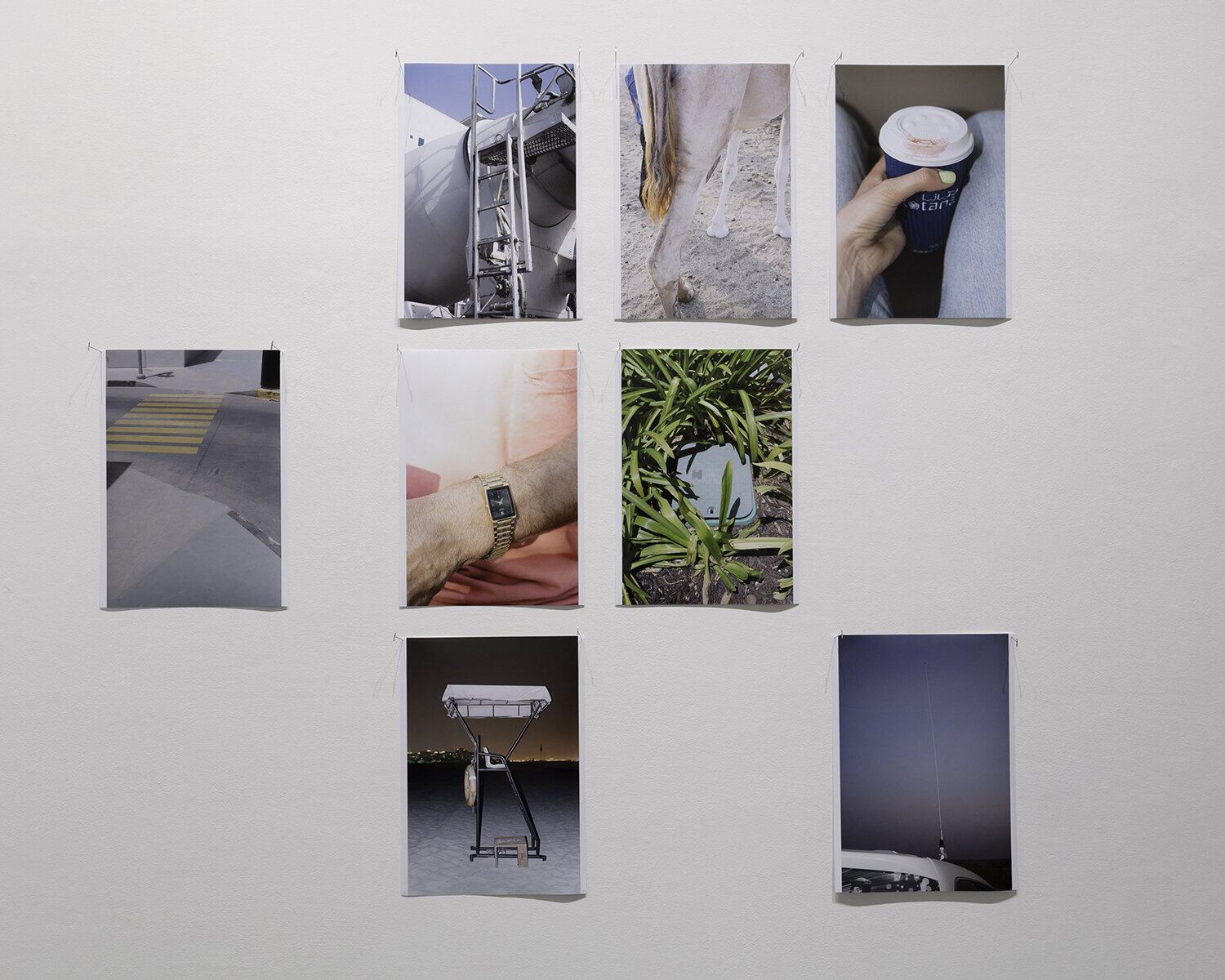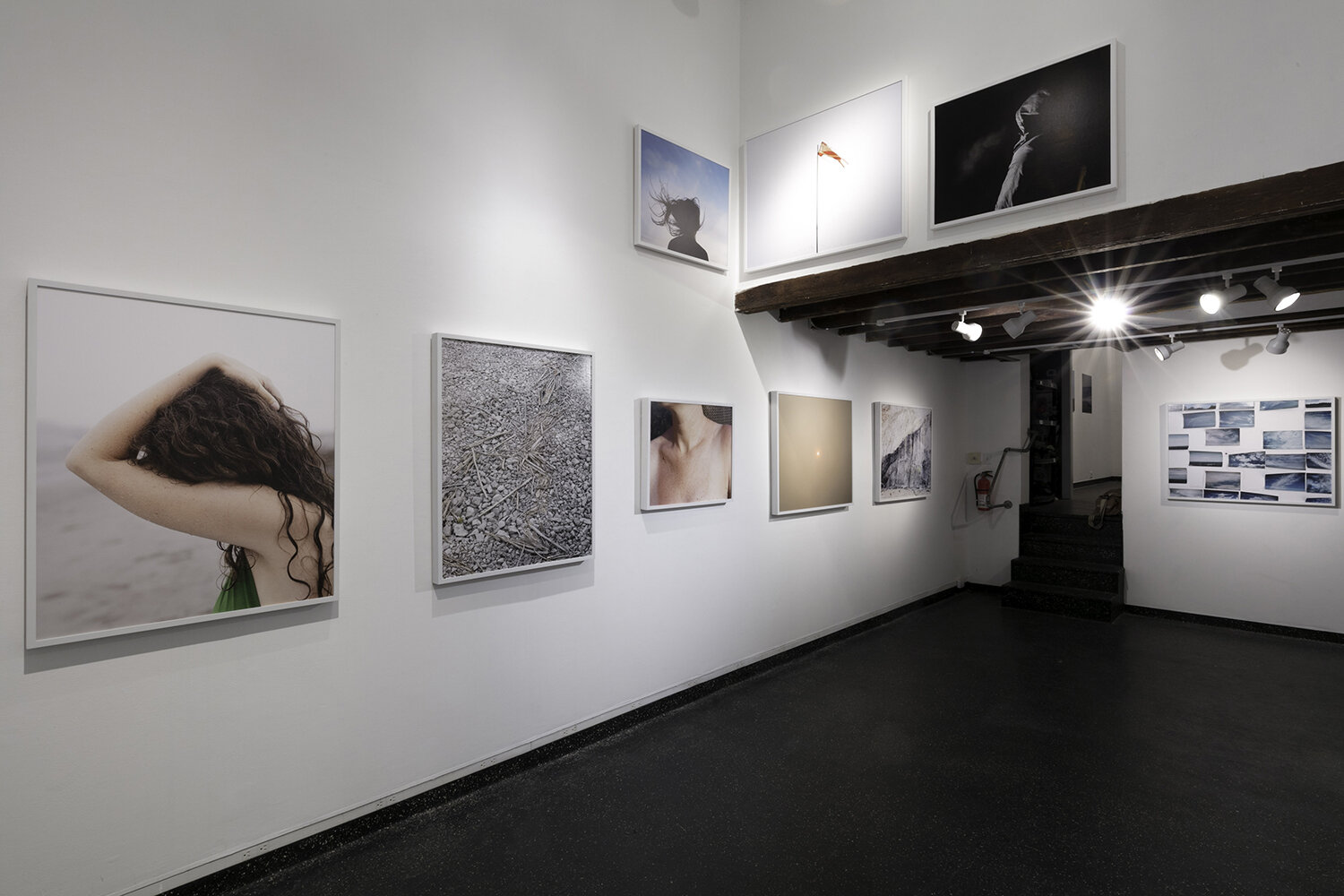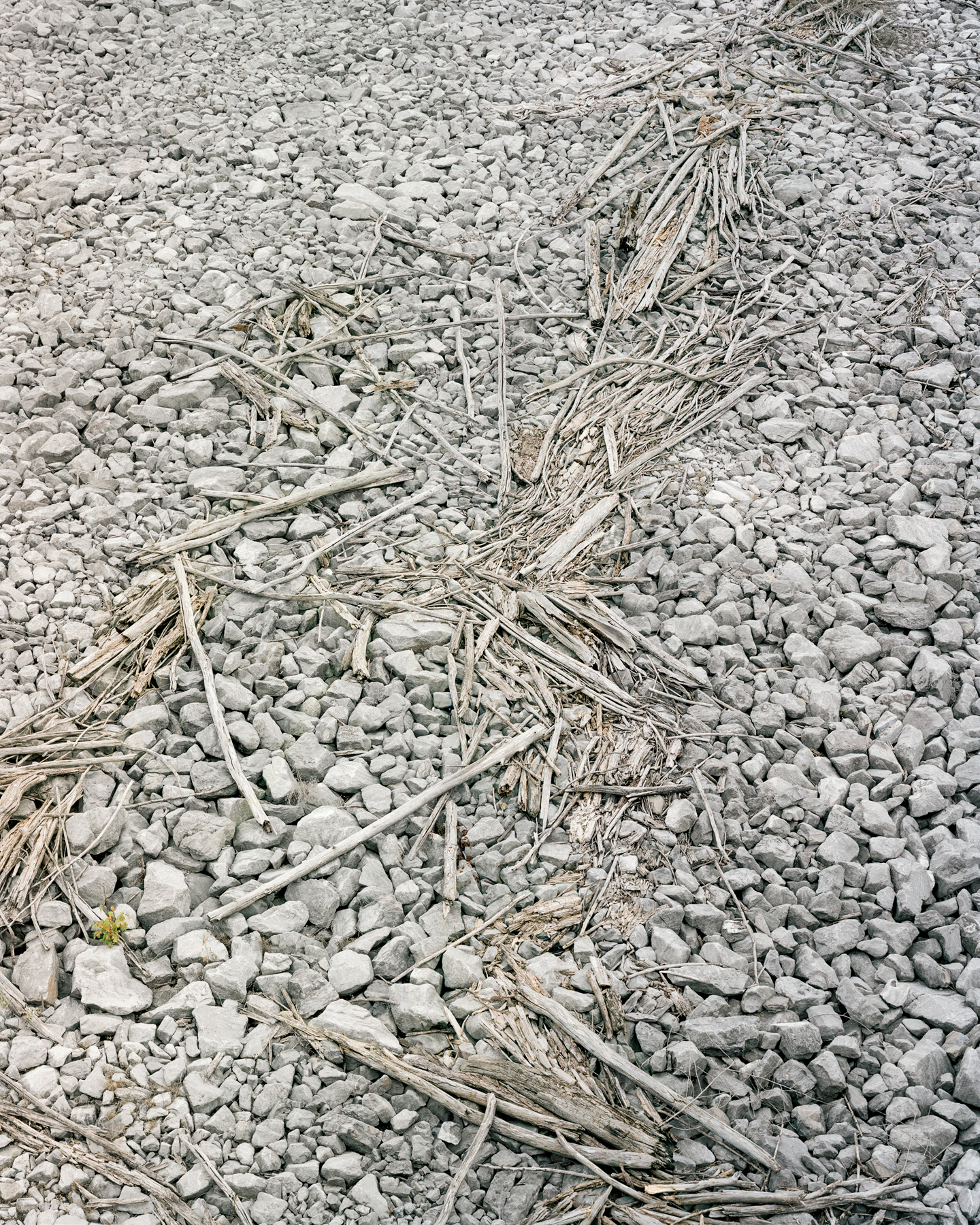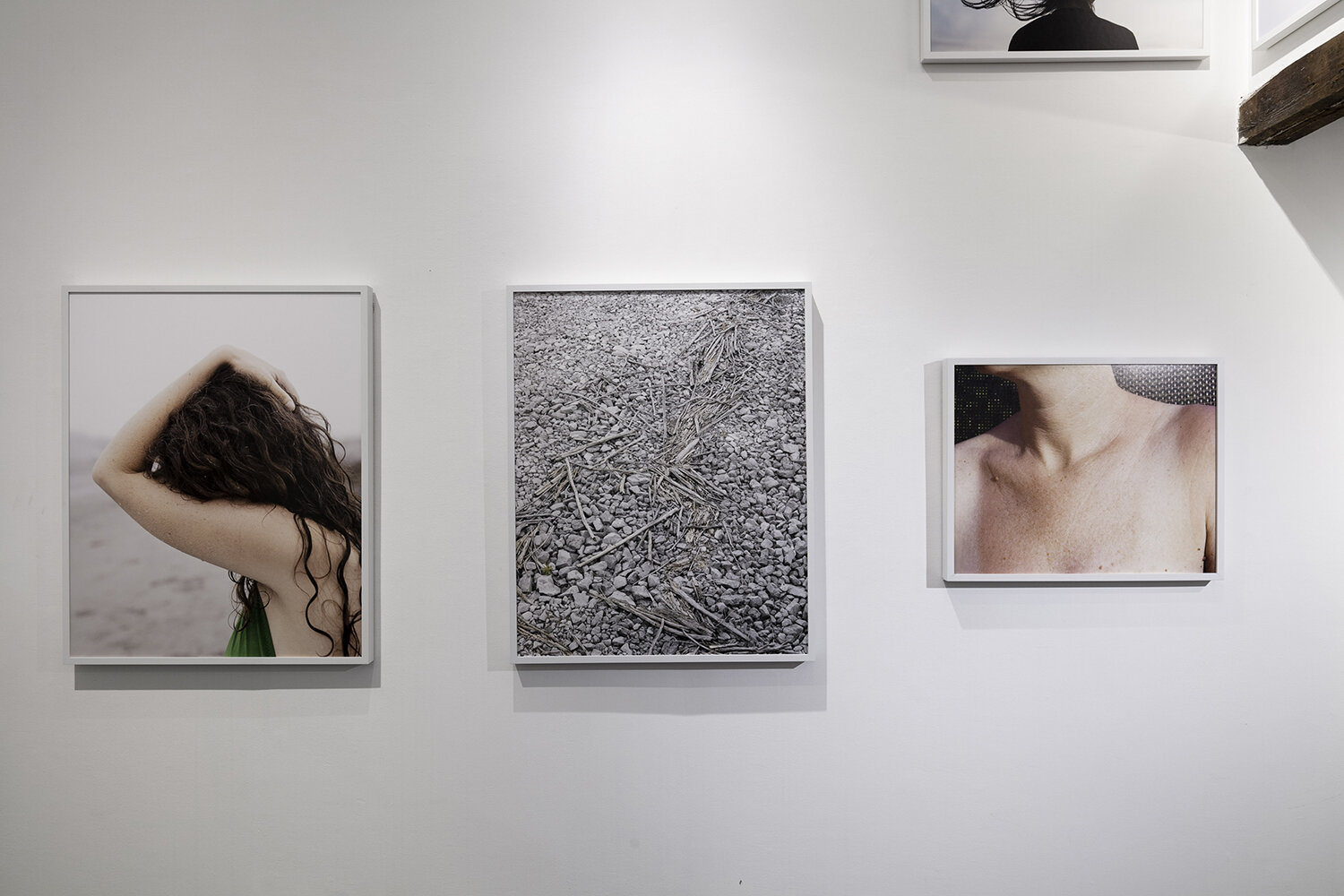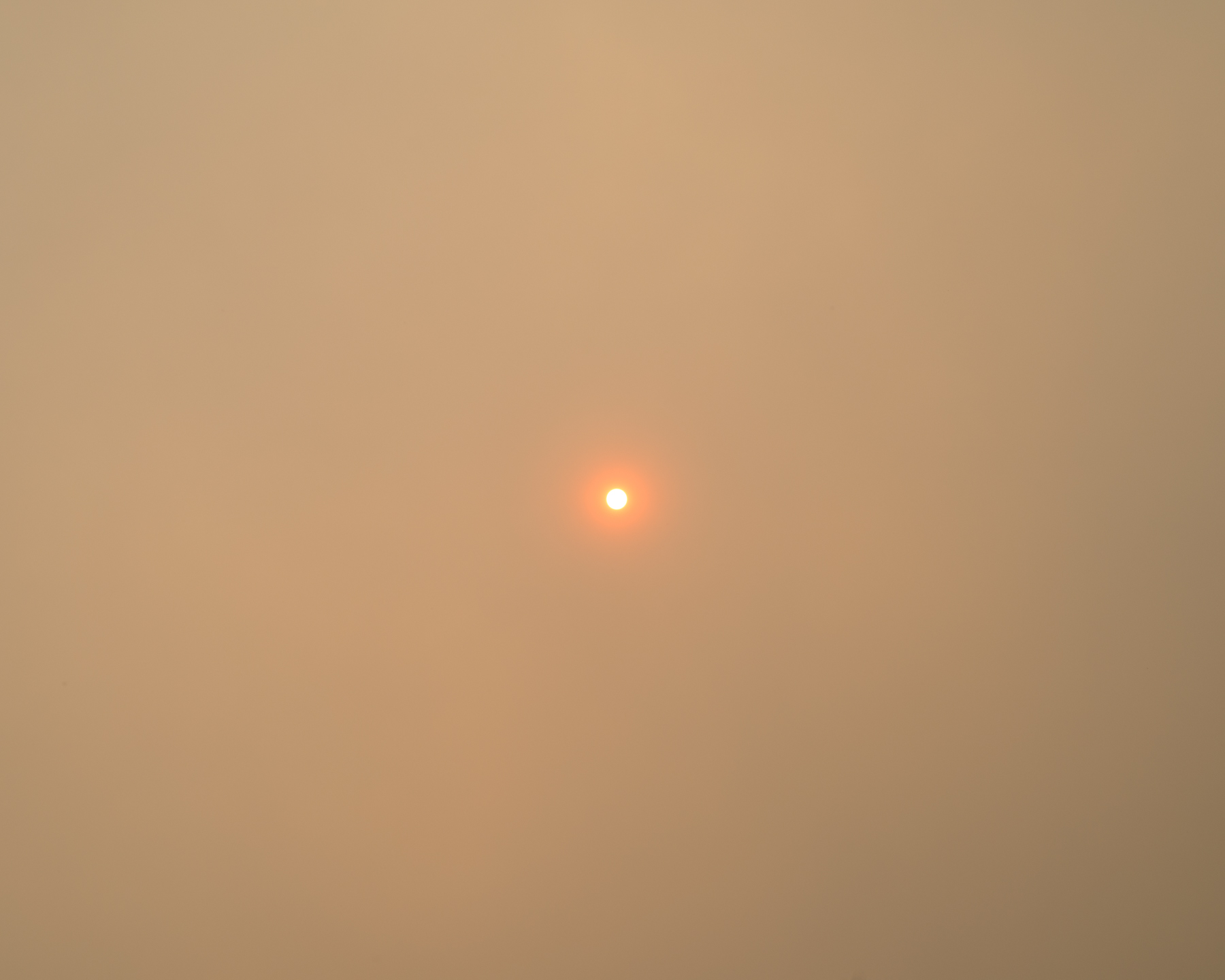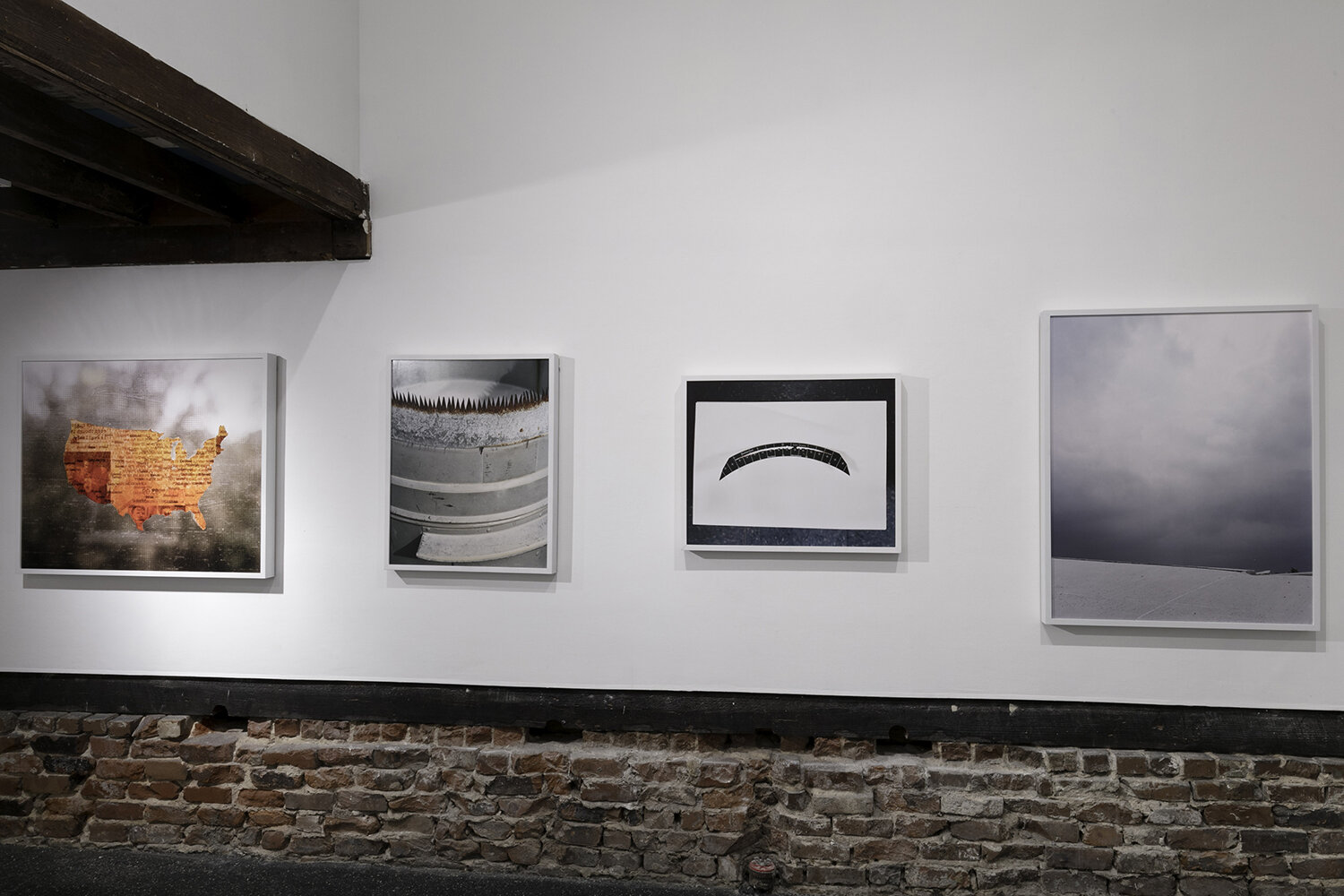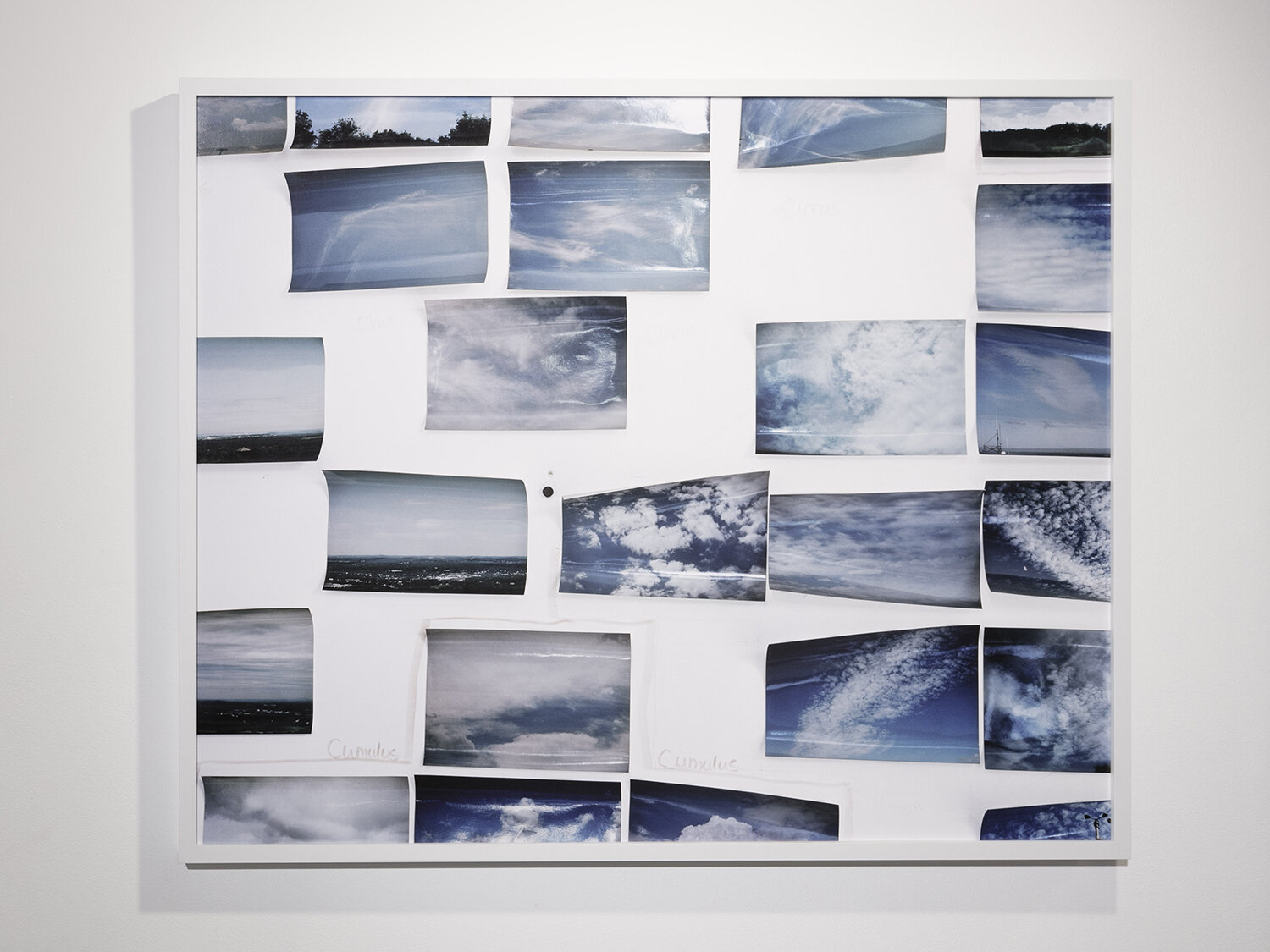December 8, 2018- January 6, 2019
Melina Papageorgiou, car – antenna, 11.7 x 16.5”
Opening Saturday December 8th, 6-10pm
Welcome Photonola 13!
https://photonola.org/photonola-2018/exhibitions/
Map of Exhibitions
Room 1:
Melina Papageorgiou
Burkinis and Other Details
In the past six years I have traveled several times to the United Arab Emirates and Oman. The photo project "Burkini“ evolved from a series I started in Abu Dhabi, UAE, in 2015. I was intrigued by how different everything seemed to me, especially the details in everyday life. What particularly interested me in the beginning, was how different public bathing takes place in Abu Dhabi. Women often wear burkinis or bathe with their clothes on, be it in a swimming pool or in the sea. Before taking pictures of them, I would ask for their permission to do so. Some declined; many of the ones who agreed to be photographed, asked for their faces not to be shown in the picture. During further visits to Abu Dhabi, the topic of the project widened up, it was not just anymore about the public bathing. It became a story about the place itself. To me it sometimes feels like another, an impressive world: a place made up by a certain artificiality, by an ever-constant soundscape of cars, construction sites, air-conditions, that would not even cease in intensity at night. In a way, all seems to merges together - the way the relations between the sexes and classes present themselves, how wealth and poverty, nature, city surroundings exist side by side.
Melina Papageorgiou, born 1981 in Freiburg / Breisgau, Germany. Grew up in Germany and Greece. Photography studies at Ostkreuzschule, Neue Schule für Fotografie Berlin, HAW Communication Design in Hamburg. Exhibitions in Germany, UK, Greece and the US. Shortlisted at Photobook Dummy Award Kassel 2016 and PhotoEspaña / La Fábrica / Photo London 2018. Lives and works in Berlin.
Room 2:
Lily Brooks
We Have to Count the Clouds
In the ongoing series We Have to Count the Clouds, photographs function as evidence of the ways in which we comprehend, negotiate, and mediate our relationship to both daily weather and our changing climate. In looking closely at the marks that are made–in the prediction of weather, the tracking of meteorological data, as well as on the landscape and human body itself–the work presents visual remnants of often invisible forces.
I seek out the permanent traces of what is sometimes hard to see with a camera. At weather stations and out in the world I look for mark making–in the form of a graph, newspaper weather map, or handwritten climatological record. The landscape shows evidence as well–cracked earth, flood debris, charred trees, erosion. Other indicators, immediate and temporary, like sunburn or goose bumps, appear on the human body. Promising protection, the built environment becomes a monument to our vulnerability. As personal as it is political, the work addresses my own wonder and fear as it points to the fragility and hubris inherent in this tenuous relationship.
Lily Brooks received a BFA from the Massachusetts College of Art + Design and an MFA from the University of Texas at Austin. Recent exhibitions include Siren Call, a solo exhibition at the Volland Store in the Flint Hills of Kansas, Forces at Work, a three-person show at the Visual Arts Center in Austin TX, the 2016 Magenta Foundation Festival Exhibition in Toronto, ON, and the 2017 Louisiana Contemporary Exhibition at the Ogden Museum of Southern Art in New Orleans. Lily was recently interviewed by NPR’s Central Standard for KCUR in 2018. Her work has been published in the Austin Chronicle, Cabinet Magazine, and online for Ain't-Bad Magazine. She is full-time Instructor of Photography at Southeastern Louisiana University and lives and works in Baton Rouge.
https://www.aint-bad.com/article/2017/03/06/lily-brooks/
Rooms 3 & 4:
Lee Deigaard, Moons Adore, dye-sublimation prints on aluminum, 2014/8
Lee Deigaard
Moons Revolve, Moons Adore
"Moons Revolve, Moons Adore" explores intimacy and longing, companionate mirroring, and pair bonding.
To know another, whether horse or person, is a mix of empathy and nearness, vertigo and vast horizons. Psyches and souls contain multitudes. One is held to another with gravitational pull. In deep space, we revolve, we adore.
To perceive another involves limits closer to hand. Gates and fences keep out, they keep in. We peer through narrow openings. Intimacy is skin and hair, touch and proximity, breathing and heartbeat. Species delineations are barriers but also protections to central identities and senses of self. To be close takes respect of difference as much as the draw of affinity, affection. The moon climbs the horizon, shows herself in.
The dance between horses, between humans, between humans and horses, involves presumption (a form of cognitive empathy) and empathy (a form of trespass, an act of hope, a move for connection).
The flight response of prey animals-like horses to humans-mirrors fear of intimacy: being alive to touch, prone to startle or flee. Grazing, reclining to rest in tandem, the deeply tactful reinforcement of companionate mirroring.
A horse reads a person. A person dreams of being a horse. Signifying freedom the horse shows us how to wordlessly love. A horse is an apparition in the night, a watcher of moonrise and sunrise.
Once I sat with a horse, intending to write a poem. About him or buttressed by him, breathing into my hair. He snuffled the paper in my lap, took it into his mouth looking steadily at me and masticated it. I laughed and tugged. The paper tore. Nothing lost, everything gained.
Parts become wholes. Poems and horses become themselves.
A rock in deep space. Pocked and cratered. Walk upon her once, she will keep your footprints.
Discharge of matter, ashes and embers.The loved one blazes. This is life, this is lethal. Death is a conversion of energy, say the physicists. The astronomers extrapolate past comprehension. We are smaller than dust, each of us
Love- and grief- is cosmic. Grief- and love- is granular. Revolution. Adoration.
Lee Deigaard’s studio practice engages wild animals and collaborates with animals who are friends and family. Her work explores animal protagonists and the emotional spaces and physical landscapes where humans and animals co-habitate. She has shown and presented her work nationally and internationally and was a 2017-8 Artist in Residence at the Joan Mitchell Center in New Orleans. She has been a member of The Front since 2010.
http://lenscratch.com/2016/05/lee-deigaard-the-states-project-louisiana/
IG @leedeigaard
